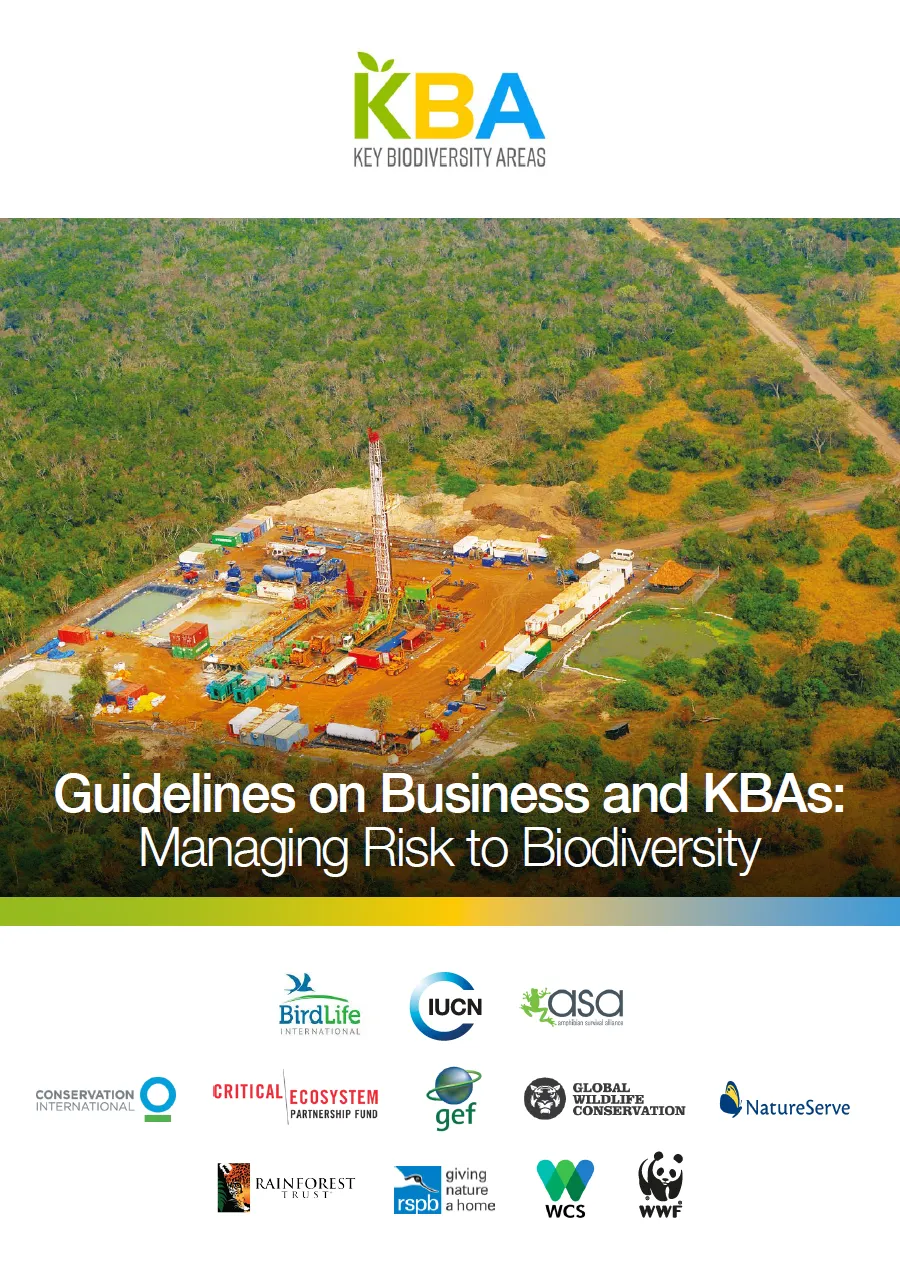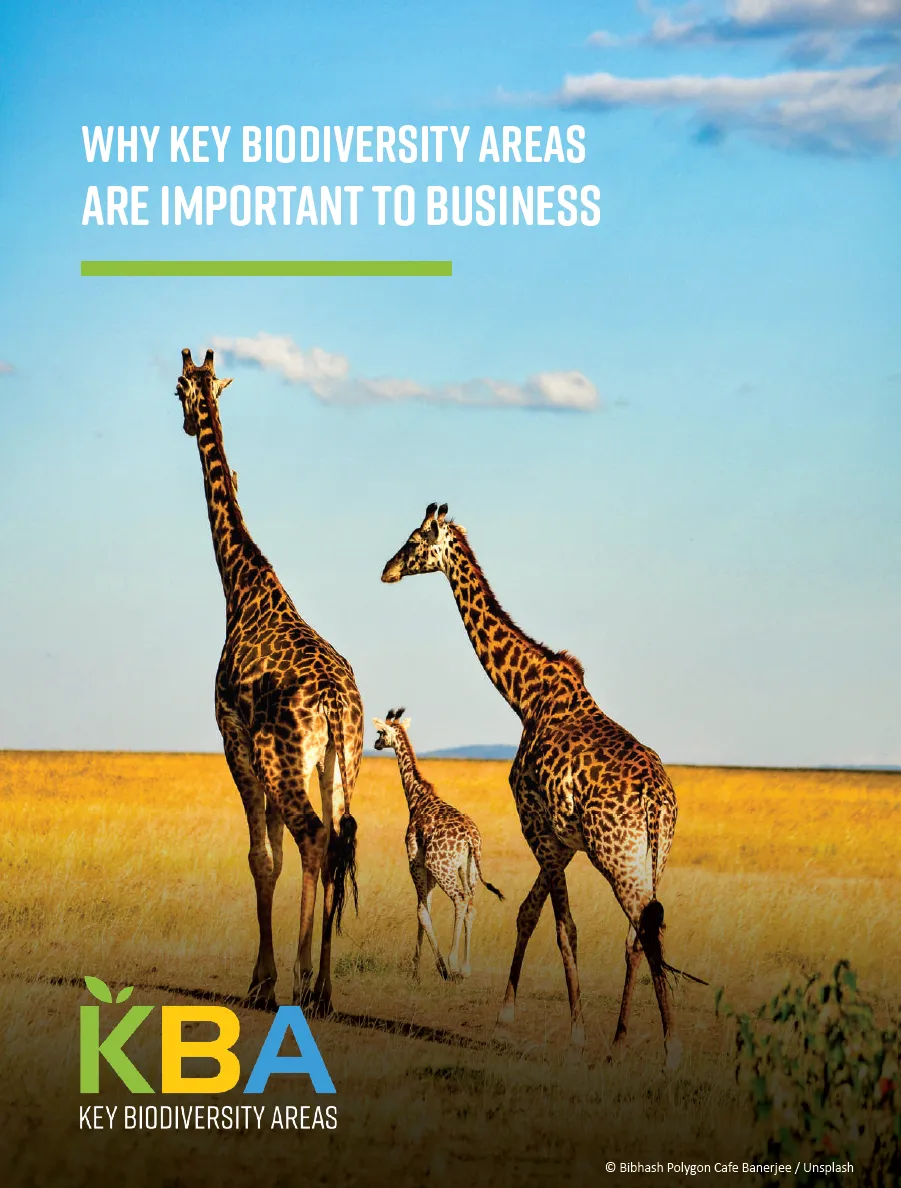


How KBAs are being used by the Private Sector
Businesses in sectors like infrastructure development, mining, agriculture, forestry, or transport use KBAs to identify and manage biodiversity risk associated with their operations. Many companies rely on KBAs to avoid or minimise negative impact on these important areas.
Managing biodiversity risks through Global Standards
A growing number of multilateral financing institutions have adopted environmental safeguards to address biodiversity risks linked to their investments. Leading frameworks include:
- The International Finance Corporation's Performance Standards on Environmental and Social Sustainability (2012), adopted by the 130 Equator Principles Financial Institutions. Performance Standard 6 (PS6) on the environment specifically mentions KBAs.
- The World Bank Environmental and Social Framework (2016)
- Many regional development banks like the Asia Development Bank.
These standards introduce the concept of critical habitats (often identified as KBAs), which businesses need to avoid impacting negatively.
Transparency and reporting on Biodiversity Impacts
To comply with the Kunming-Montreal Global Biodiversity Framework (Target 15), companies are increasingly required to disclose their biodiversity impacts using frameworks that incorporate KBAs, including:
- Taskforce on Nature-related Financial Disclosures (TNFD)
- Science Based Targets Network (SBTN)
- Global Reporting Initiative (GRI)
In the EU, reporting on biodiversity impact, including KBAs, is legally mandated under the Sustainable Finance Taxonomy and in the Corporate Sustainability Reporting Directive (CSRD).


